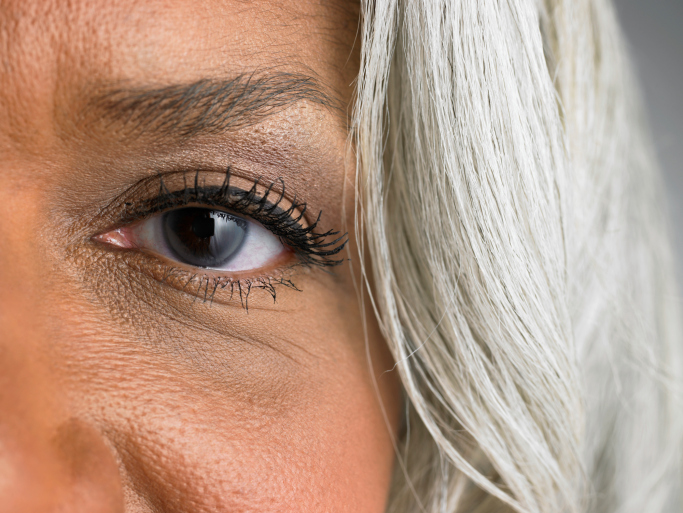
Diabetic retinopathy is the most common diabetic eye disease and a leading cause of blindness in American adults. In fact, African Americans with type 2 diabetes have a greater prevalence and severity of the disease than non-Hispanic whites.
Here are the four stages you should know about:
1. Mild Nonproliferative Retinopathy
At this earliest stage, microaneurysms occur. They are small areas of balloon-like swelling in the retina's tiny blood vessels.
2. Moderate Nonproliferative Retinopathy
As the disease progresses, some blood vessels that nourish the retina are blocked.
3. Severe Nonproliferative Retinopathy
Many more blood vessels are blocked, depriving several areas of the retina with their blood supply. These areas of the retina send signals to the body to grow new blood vessels for nourishment.
4. Proliferative Retinopathy
At this advanced stage, the signals sent by the retina for nourishment trigger the growth of new blood vessels. This condition is called proliferative retinopathy. These new blood vessels are abnormal and fragile. They grow along the retina and along the surface of the clear, vitreous gel that fills the inside of the eye. By themselves, these blood vessels do not cause symptoms or vision loss. However, they have thin, fragile walls. If they leak blood, severe vision loss and even blindness can result.
Here are some natural remedies that are published saying they have found some relief:
Vitamin A and carotenoid are needed to keep healthy eyes and to improve night vision.
Ginkgo Biloba to increase the delivery of oxygen and nutrients to the eye and to clear toxins. It is very helpful in retinopathy.
Bilberry strengthens and protects veins and blood vessels, protects the retina, reduces pressure in glaucoma and damage cause by diabetic retinopathy.
Grape seed extract contains procyanidins which strengthens retinal capillaries and prevents clots or bleeding, provides vital nutrients, increases night vision and slows eye ageing. It also prevents and treats retinopathy and arteriosclerosis in the eye.
Laser treatment (photocoagulation) can also be used to stop the leakage of blood and fluid into the retina. A laser beam of light can be used to create small burns in areas of the retina with abnormal blood vessels to try to seal the leaks.
Treatment for diabetic retinopathy depends on the stage of the disease. The goal of any treatment is to slow or stop the progression of the disease.
In the early stages of non-proliferative diabetic retinopathy, regular monitoring may be the only treatment.
If the disease advances, the blood vessels can leak blood and fluid into the retina, leading to macular edema. Laser treatment (photocoagulation) can stop this leakage. A laser beam of light creates small burns in areas of the retina with abnormal blood vessels to try to seal the leaks.
Widespread blood vessel growth in the retina, which occurs in proliferative diabetic retinopathy, can be treated by creating a pattern of scattered laser burns across the retina. This causes abnormal blood vessels to shrink and disappear. With this procedure, some side vision may be lost in order to safeguard central vision.
Just remember, following your doctor's advice for diet and exercise and controlling blood sugar levels is best and can help control the progression of the disease.
Visit the BlackDoctor.org Diabetes center for more helpful articles and tips.









